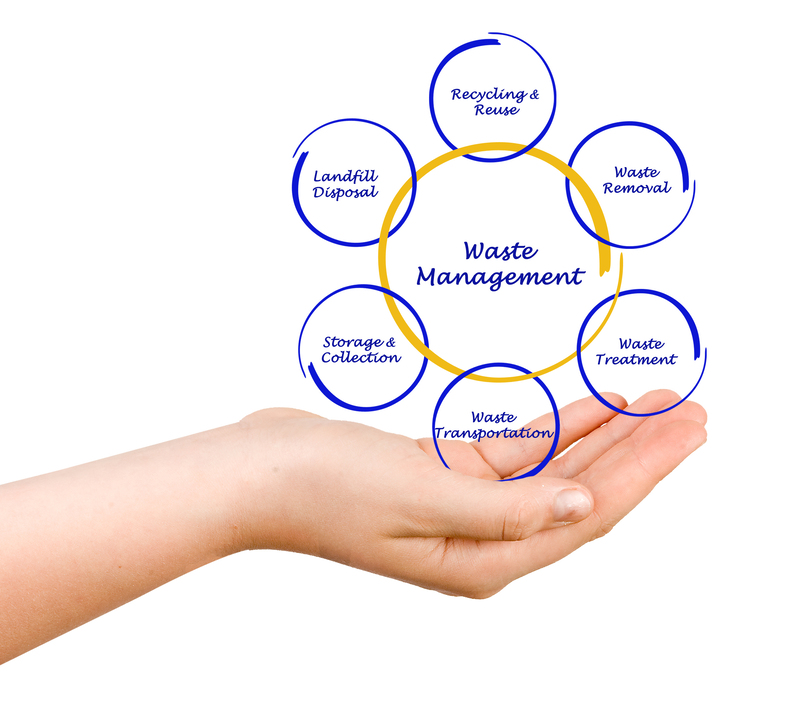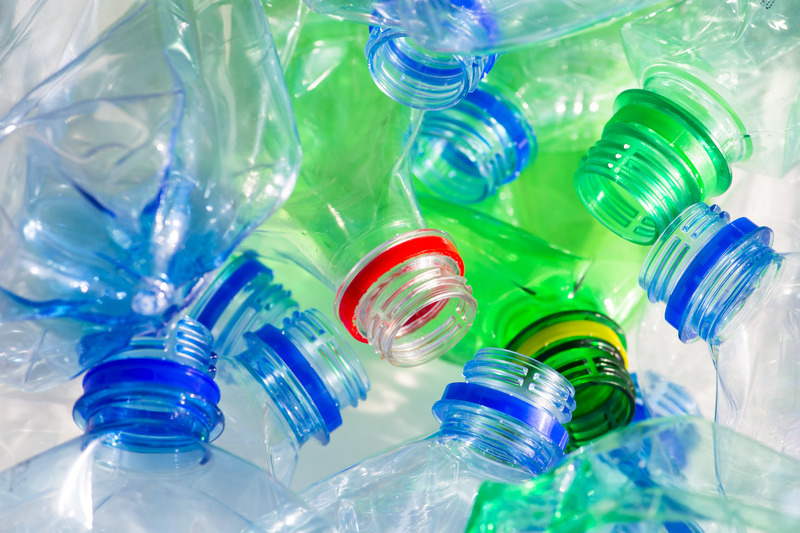Clutter Removal and Hoarder Clean Up: Restoring Order One Room at a Time
In today's fast-paced world, the accumulation of clutter in our homes is not uncommon. For some, however, clutter grows at a much faster rate, overwhelming living spaces and creating health and safety risks. Addressing clutter removal and hoarder clean up is a transformative process, not just for the home but also for the lives of those affected. This comprehensive guide will walk you through the essentials of restoring order to your home--one room at a time.
Understanding Hoarding and Clutter Accumulation
Before embarking on a journey of hoarder clean up or clutter removal, it's important to understand the difference between a cluttered environment and a hoarding disorder. Hoarding is a recognized mental health condition where individuals find it extremely challenging to part with possessions, leading to cramped living conditions, dangerous walking paths, and compromised living safety. Clutter, on the other hand, is often less severe and may be the result of poor organization, busy schedules, or lack of storage.
- Clutter can typically be managed with organizing solutions and regular tidying.
- Hoarding often requires professional intervention and a sensitive approach.
The Impact of Clutter and Hoarding
Clutter and hoarding have profound effects beyond appearance. Cluttered environments increase the risk of trips and falls, harbor dust and mold, and often create stress and anxiety. In severe cases of hoarder situations, access to kitchen, bathroom, or exit routes may be blocked, threatening health and safety.

Step-by-Step Guide to Clutter Removal and Hoarder Clean Up
Effective clutter clean up and hoarder cleaning require empathy, planning, and the right resources. Here's a detailed room-by-room strategy for restoring order:
Preparing for Clutter and Hoarder Clean Up
- Assess the situation: Take a comprehensive survey of each room. Identify health or safety hazards (mold, pests, blocked exits).
- Gather Supplies: Heavy-duty trash bags, storage boxes, gloves, masks, cleaning solutions, and donation bins are essential.
- Set Goals: Define realistic clean-up goals. Start with one room at a time, focusing on small, manageable sections.
- Seek Support: For excessive hoarding, professional cleaners or organizers, mental health professionals, or family members may be needed.
Room-by-Room Clutter and Hoarder Clean Up Strategies
Living Room Decluttering
- Sort through visible items. Begin with surfaces such as coffee tables, shelves, and sofas.
- Designate three zones: Keep, Donate/Sell, Discard. Touch each item only once-- this prevents indecision and backtracking.
- Address hidden clutter. Empty drawers, entertainment centers, and storage bins.
- Clean as you go: Wipe surfaces free of dust and debris to create a fresh start.
Kitchen Hoarder Clean Up
- Dispose of expired food. Begin with the refrigerator, freezer, and pantry. Expired foods not only consume space but also attract pests.
- Organize cabinets and drawers. Remove duplicate utensils and gadgets. Return only what's needed.
- Clean appliances and surfaces: Grease and food waste often hide under heavy clutter.
- Sanitize sinks and counters. Kitchens are breeding grounds for bacteria, especially in hoarding environments.
Bathroom Clutter Removal
- Throw away empty or expired products. Medicines, cosmetics, and cleaners should be checked thoroughly.
- Wipe cabinets and shelves. Mold often accumulates where airflow is limited.
- Organize by necessity: Only keep daily-use products accessible; store or discard the rest.
- Ensure all fixtures and plumbing are accessible--safety first.
Bedroom Deep Clean
- Clear wardrobes and closets. The "one-year rule" is useful--if you haven't worn or used it in a year, consider donating or discarding it.
- Declutter under the bed and bedside tables. Remove unnecessary items that collect dust.
- Bedding and laundry: Wash or donate excess linens and blankets.
Garage and Storage Spaces
- Prioritize safety. Garages often contain hazardous materials--separate chemicals and flammable items immediately.
- Sort seasonal items. Sports gear, decorations, and tools can be organized or discarded.
- Maximize vertical storage: Utilize wall racks and shelves to free up floor space.
Tips to Prevent Future Clutter and Hoarder Relapse
Restoring order via a clutter removal service or DIY hoarding clean up is only the beginning. Maintaining a clutter-free environment is an ongoing process:
- Adopt a "one in, one out" rule: When you buy a new item, donate or discard an old one.
- Schedule regular decluttering sessions. Monthly checks can prevent reaccumulation.
- Invest in organizational tools: Storage bins, drawer dividers, and shelves can help you stay ahead.
- Seek support for underlying hoarding behaviors. Professional therapy can help address root causes.
Frequently Asked Questions About Clutter Removal and Hoarder Clean Up
1. What is the fastest way to remove clutter?
The quickest way is sometimes called the "Four Box Method"--Label four boxes as Keep, Donate, Sell, and Trash. Go room by room, handling each item only once, and deciding which box it belongs in.
2. When should you call a professional hoarder clean up service?
If clutter blocks essential pathways, poses fire or health risks, or if you feel emotionally overwhelmed, professional help is beneficial. Hoarding clean up specialists have experience in safe removal, deep sanitation, and often offer compassionate guidance without judgment.
3. Is hoarder clean up covered by insurance?
In some cases where hoarding has caused structural damage, mold, or pest infestations, homeowners insurance may cover clean up costs. Always review policies and document damage for better chances of putting in a claim.
4. How do you emotionally support someone during a hoarder clean up?
Approach with empathy and patience. Acknowledge how difficult the process can be. Set small achievable goals and celebrate progress. Involve a counselor or mental health professional if possible.
The Benefits of Restoring Order--Physically and Emotionally
The advantages of an effective clutter removal and hoarder clean up extend beyond the physical transformation of a living space:
- Healthier environment: Less dust, mold, and bacteria improves respiratory health.
- Enhanced safety: Clear paths and exits minimize falls and fire risks.
- Emotional wellbeing: People feel less stressed and often regain a sense of control after eliminating clutter.
- Renewed relationships: Living in a clutter-free home often makes it easier to host friends and family or have service professionals over.

Choosing the Right Clutter and Hoarder Clean Up Service
In some cases, professional assistance is the safest and most efficient option. When selecting a clutter removal company or hoarder clean up service, consider the following:
- Certification and experience: Look for providers specializing in hoarding and biohazard clean up. Reading client testimonials can also highlight a service's reliability and empathy.
- Comprehensive cleaning: The service should include junk removal, sanitation, odor removal, and, if necessary, minor repairs.
- Confidentiality and sensitivity: Choose providers who prioritize privacy and treat clients with respect.
Conclusion: Take the First Step Toward a Clutter-Free Life
Clutter removal and hoarder clean up restore order, safety, and peace of mind, but the journey can feel daunting. Remember, the process is about progress--not perfection. Whether you're tackling a simple decluttering project or facing the more serious challenges of a hoarding clean up, every step you take brings you closer to a healthier, happier home.
Start small, lean on support, and transform your space one room at a time--you deserve it.
